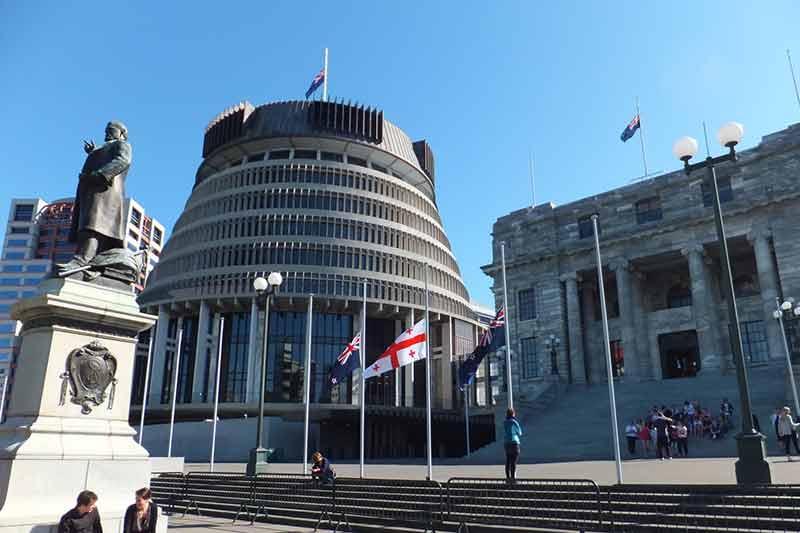
New Zealand has been recognised internationally throughout the pandemic for efforts in fighting COVID19, and in particular, it has been recognised for its’ impressive leadership from Prime Minister Jacinda Ardern.
The PM has notably put the health and safety of New Zealand citizens first and foremost. She has communicated transparently and effectively with the people and has built trust and gained their confidence through her actions.
Jacinda Ardern’s leadership style, focused on empathy, isn’t just resonating with her people; it has put the country on track for success against the coronavirus.
The country has a population of around 5 million people, yet New Zealand only recorded 1,219 infections and 22 deaths so far during the pandemic. These are dramatically lower than many other countries that are still grappling with thousands of deaths.
Being Proactive – Taking Precautionary Measures Early in a Pandemic
New Zealand government also took decisive action right away, planning for a possible outbreak began intensively on January 24, 2 days after the WHO reported evidence of human-to-human transmission in Wuhan.
New Zealand’s Ministry of Health established an incident management team and advised the public that while the risk to New Zealand was assessed as low, the Ministry was taking the outbreak very seriously.
New Zealand imposed a national lockdown much earlier in its outbreak than other countries did in theirs, and banned travellers from China in early February, before New Zealand had registered a single case of the virus. It closed its borders to all non-residents in mid-March, when it had only a handful of cases.
Swift Lockdown Action after 102 days without local infection
Just yesterday New Zealand put its largest city back into lockdown after recording four new Covid-19 cases, ending a 102-day streak without a local infection.
A three-day lockdown was swiftly imposed in Auckland after the cases were confirmed. The four new cases are all members of a single family. None had travelled recently.
The restrictions will came into effect on Wednesday, as authorities track and trace contacts of the family. Auckland residents will be asked to stay at home, large gatherings will be banned, non-essential businesses will be shut, and some social-distancing restrictions will be reintroduced in the rest of the country.
The importance of open communication between government and citizen in crisis management
Prime Minister Jacinda Ardern’s response to the pandemic back on March 21 was bold and garnered public support.
That day, Ardern delivered a televised statement to the nation announcing a four-level Covid-19 alert system.
Modelled on fire risk systems already in use in New Zealand, this familiar approach set clear guidelines for how the government would step up its response — and what would be asked of citizens as infection rates grew.
Prime Minister Ardern’s communication has been clear, honest, and compassionate. It has acknowledged the daily sacrifices to come and inspired people to forge ahead bringing them together.
She has spent a lot of time reassuring people during the lockdown with daily briefings and a message that resonates: “Go hard and go early.”
Pandemic demands transformative, collective action from Government and its people
Prime Minister Ardern has established a shared sense of purpose amongst the government and citizens.
Key leadership practices which are leading to New Zealand’s success is the government’s willingness to let themselves be led by expertise, its efforts to mobilise the population, and to enable coping, all of which leads to increased trust in leadership which is needed for transformative, collective action such as the pandemic demands.



















